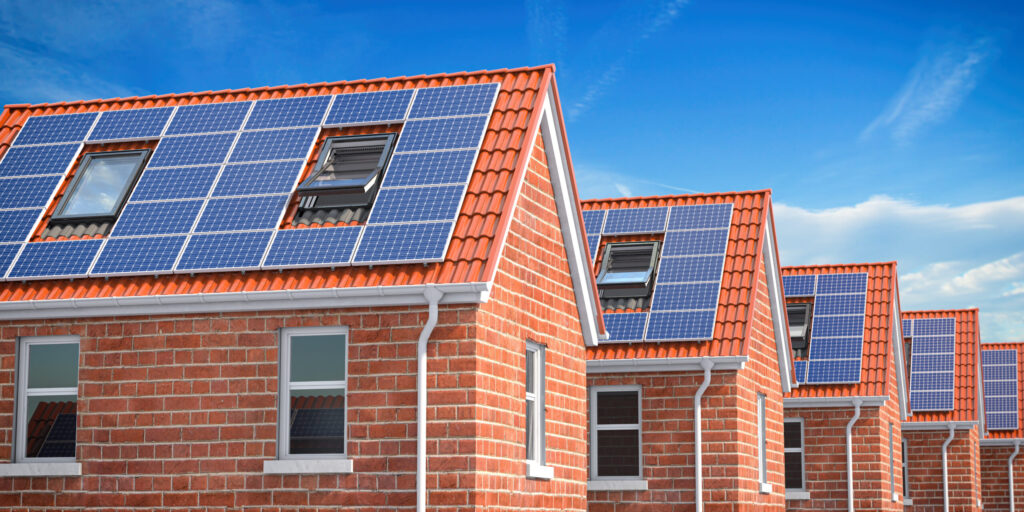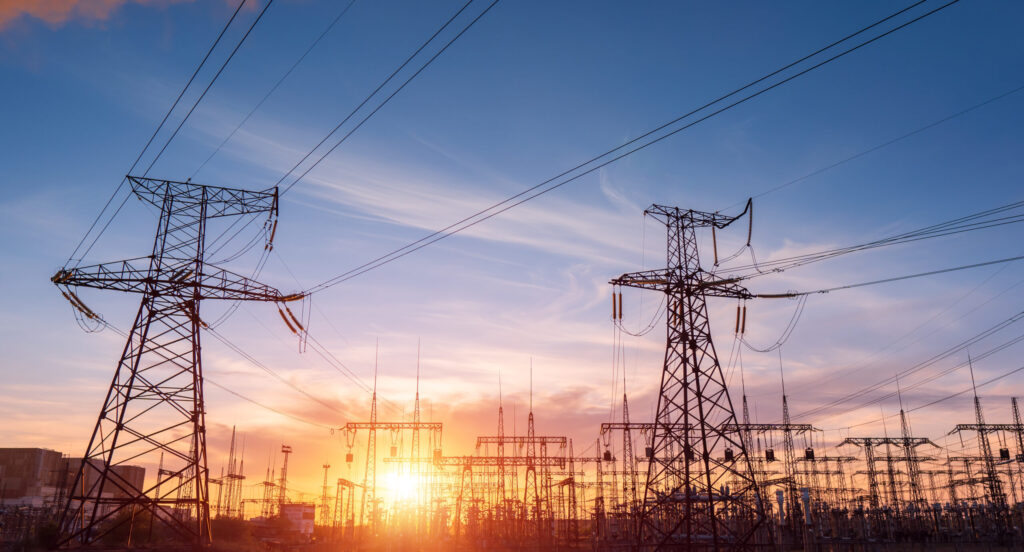Electric Vehicles (EV’s) and Plug-in Hybrid Electric Vehicles (PHEVs) were once considered a status symbol and reserved for only the more affluent who could afford them, however, with the recent focus on slowing climate change, they are becoming a larger part of the social landscape. The Inflation Reduction Act of 2022 has provided additional incentives for more Americans to seriously consider the purchase of an Electric Vehicle. With high gas prices, decreasing vehicle cost, and an expanding variety of options becoming available even more of these vehicles will be on the road within just a few years.
As a side effect of the growing EV market, many owners of EVs and PHEVs will need more options regarding where to charge their vehicles. Unfortunately, housing options for EV owners are currently limited due to the charging requirements of the vehicles. Most EV owners are opting to rent from the single-family rental market due to the need for a dedicated place to charge the vehicle overnight. However, this doesn’t need to be the case. As the EV market expands so does the options for EV charging stations. As an ODM in the Multifamily residential industry you can provide this service, which will help your property attract a more sophisticated renter and stand out even more among your competition.
Options for EV Charging at Your Property
There are several different ways to utilize EV charging at your property, however, each one presents its own set of opportunities and challenges. What follows are a couple different scenarios where EV charging stations can be implemented at your property:
- Charging Stations in Garages- If your property already offers garages as a rentable item to residents you have the option to install chargers in specific garages for a premium cost to EV owners. This will allow you to gain additional income to cover the cost of the electricity used by the charging stations and allows residents a safe and reliable place to charge their EV like they would at a single-family rental property. This option allows for the installation of standard Level 2 chargers, which are the most common type of charger on the market and limit any potential electrical wiring costs involved. Additionally, it can provide a few different options for the placement of the physical units. *(see the “Additional Considerations” section below).
- Charging Stations in Parking Lots- Another option is to utilize a few spaces in your resident parking lot to dedicate to EV charging. This will allow you to provide charging services for residents that do not want to pay extra for a garage. You can use these spaces as resident charging locations where more than one vehicle can be serviced in a day or as reserved parking spaces for individual residents, offered at a premium. This option allows for the installation of level 2 chargers and level 3 or DC fast charge units that can service more vehicles in a shorter time frame (minutes compared to hours). This choice requires additional consideration and is a little more involved due to the location and electrical requirements of the EV chargers that can be installed in this manner. *
- Pole Mounted Charging Stations- If your property lacks a dedicated parking lot and doesn’t have a large amount of space to install regular charging stations, a third, although less desirable option, is to install pole mounted EV chargers. These chargers provide Level 2 charging in a smaller space, but additional considerations such as location, security, and permitting need to be kept in mind.
Additional Considerations
Due to power consumption and wiring requirements related to the different types of EV charging stations there are some additional items to consider when looking into implementing this type of technology at your property. What is offered below is by no means a complete list, but it provides some insight into some of the potential challenges related to EV Charger implementations.
Cost:
As with any PropTech implementation, the costs will vary depending on the scope of the project, vendor choice, and equipment selected. Many EV charging station vendors offer financing, equipment lease options, or revenue shares to help offset the startup cost.
The Inflation Reduction Act of 2022 also provides additional incentives for the installation of EV charging stations in low-income areas starting in 2023, however, if your property does not meet the guidelines, there are other existing tax incentives for installing EV charging equipment. These incentives vary by State and locality.
Wiring Requirements:
- Standard Level 2 EV Chargers, like those installed in most single-family garages, require a 240-volt outlet like those used for washing machines and dryers. If you choose to install the EV charging units in individual garages this may require additional wiring or electrical work to accommodate the power requirements.
- Level 3, DC Fast Charging, and Tesla Supercharge units require 400 Volt- 900 Volt power sources. These types of chargers are most often installed in parking lots and high traffic areas like shopping centers. Installing this type of EV charging station may require parking lot construction, additional permits by the city, or a power source that is separate from the main building.
- Pole Mounted EV Chargers may require additional permitting and a separate power source. Additionally, you will want to check with city ordinances to make sure there are not any specific laws prohibiting these types of chargers being installed.
Billing Considerations:
How to bill residents for the use of EV Charging stations should also be considered to make sure that unit and electrical costs are covered. Below are a couple of different options available for resident billing:
- Individual metering can be utilized for garage mounted units and billed directly to the resident. You will want to contact your local utility provider for more information regarding the feasibility and any additional costs involved with installing additional meters.
- Many EV charging station vendors utilize mobile apps, refillable “Gas” cards, and other options that allow residents to pay directly at the station for their charging sessions. These types of providers generally offer revenue sharing or other financial options that allow the property owner to generate revenue from the stations themselves.
Other Items:
Physical plug configurations are an important aspect of EV Charging Stations, and you will want to keep this in mind when choosing a vendor. Vendors in this space offer either universal plug or multiplug configurations to allow their chargers to work with a variety of vehicles. However, companies like Tesla provide mostly proprietary options that only work with their vehicles.
Lastly, due to the nature of EV Charging devices, additional permits and electrical infrastructure changes may add to the complexity of the implementation. Luckily several EV Charging Station vendors help with permitting and work with utility companies as part of their installation services.
Conclusion
With the number of EV owners poised to increase substantially in just a few years, consumers will be looking for a living situation that caters to all their needs, this includes Electric Vehicle charging capabilities. Home ownership and single-family rental properties do not have to be the only option for consumers wanting to drive a more environmentally friendly vehicle.
By installing EV chargers at your property, you can help prepare for the next generation of environmentally conscious renters as well as open the market to current EV owners who are forced to live further away from their job to rent where they can install the chargers required for their vehicles. EV chargers can also provide a potential for passive income with revenue sharing and this can help create an additional recurring revenue stream for your property.













